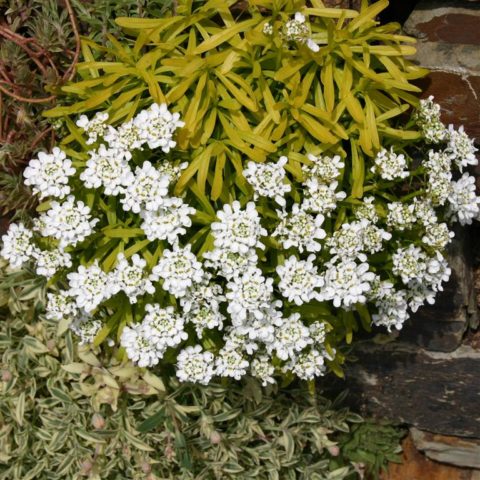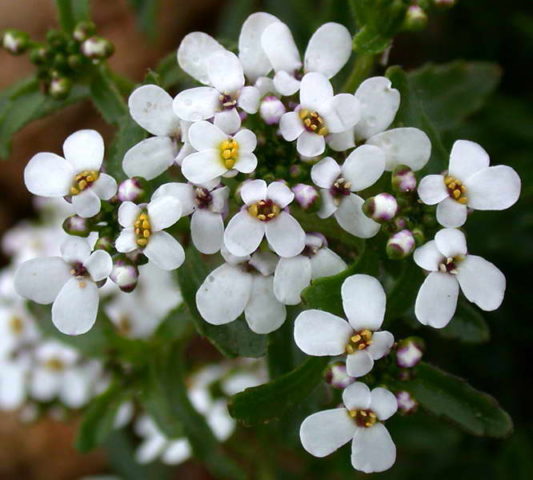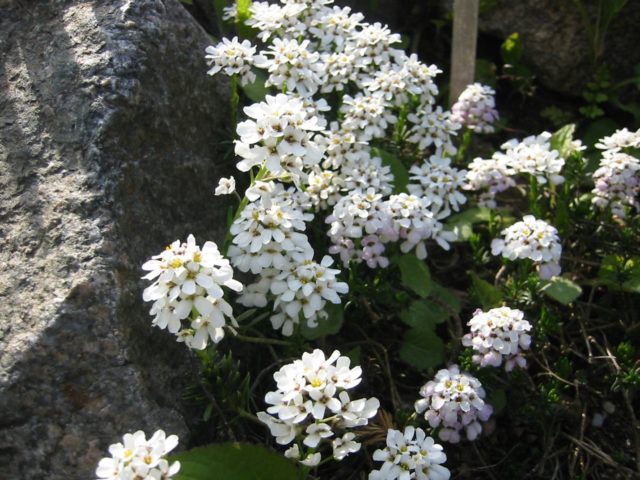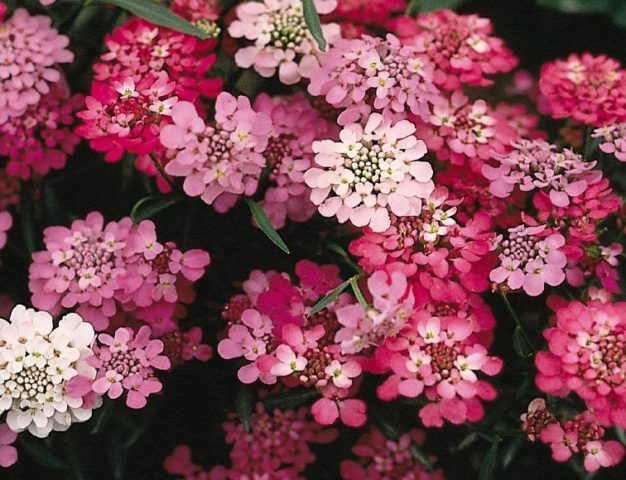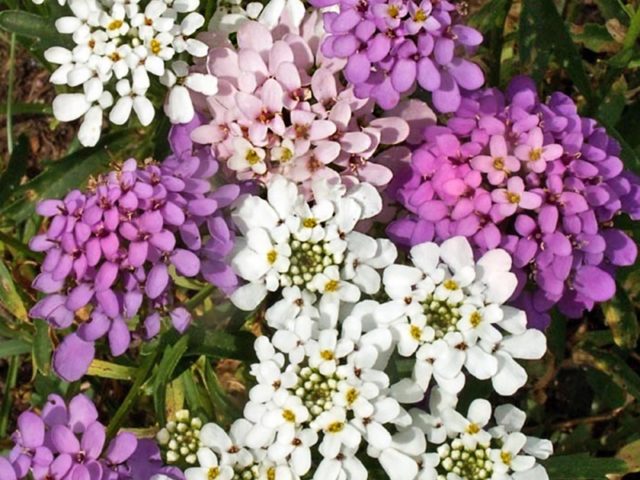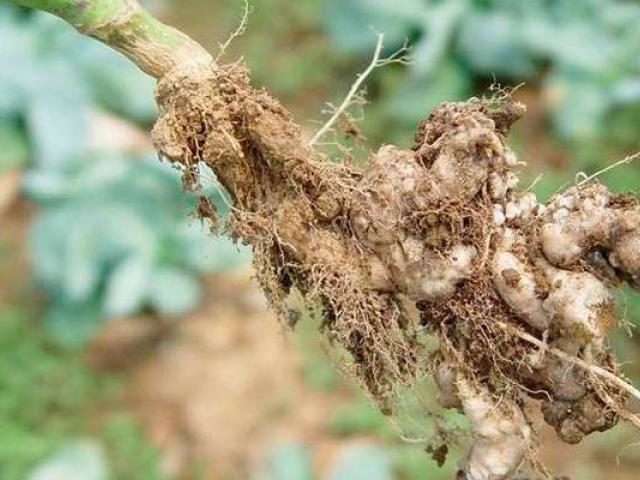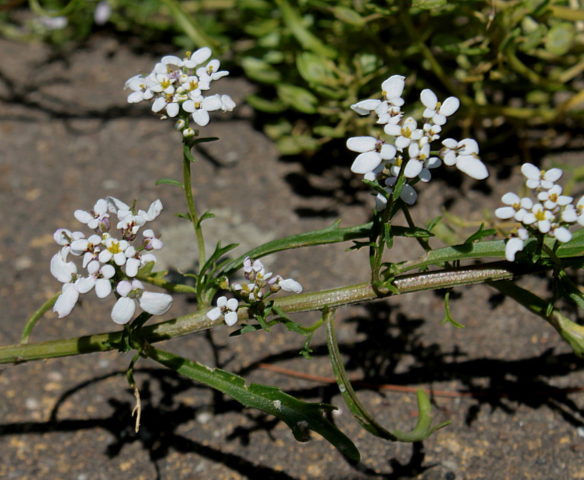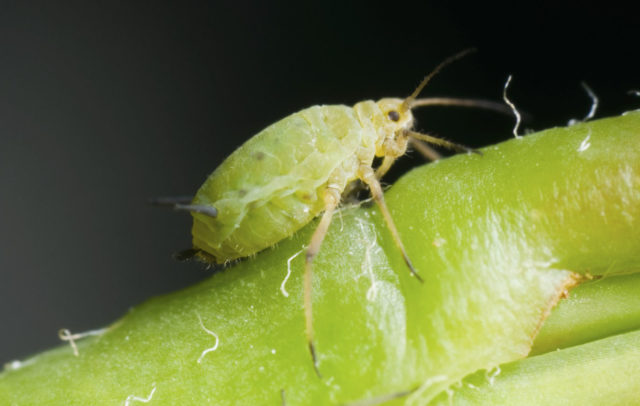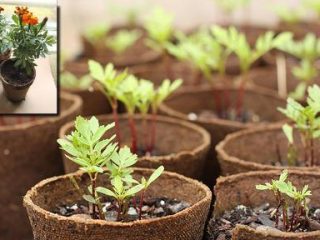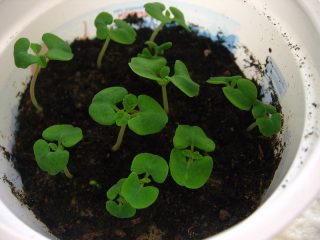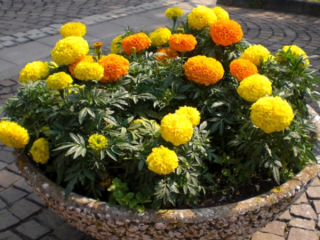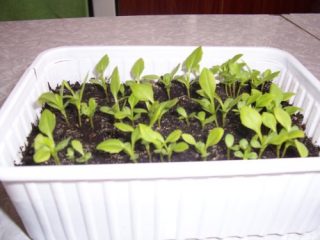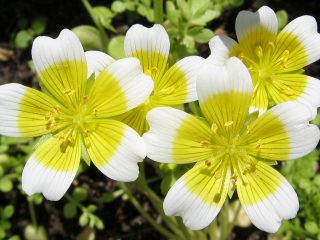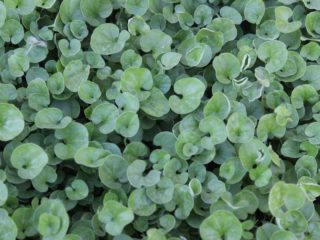Content
Planting and caring for annual Iberis is distinguished by simple and affordable agricultural technology. The culture is a popular ornamental plant of the Cruciferous family. Annual herb Iberis (iberis) is an unpretentious, stress-resistant crop, prefers a warm climate.
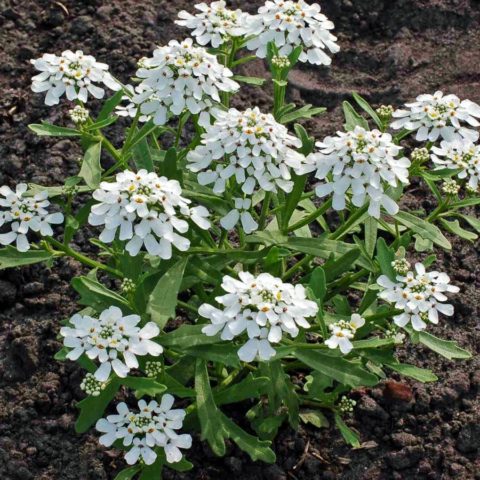
The people call the plant Iberian, variegated, stennik
Description of the annual Iberis
The annual Iberis plant is characterized by the following features:
- the root system is pivotal, consists of the main root and the adventitious lateral ones;
- spreading bushes, up to 1 m in diameter;
- stems are branched, erect or creeping;
- stem length up to 30 cm;
- the leaves are elongated, oblong or dissected;
- the arrangement of the leaves is alternate;
- leaf length from 4 cm to 7 cm;
- the color of the leaves is shiny, deep green, or dark green;
- inflorescences are umbrella;
- the color of the inflorescences is white, various shades of pink, lilac, lilac, purple, red;
- the fruit is a pod with small seeds.
Flowering begins in May or August (depending on the timing of sowing the seeds).
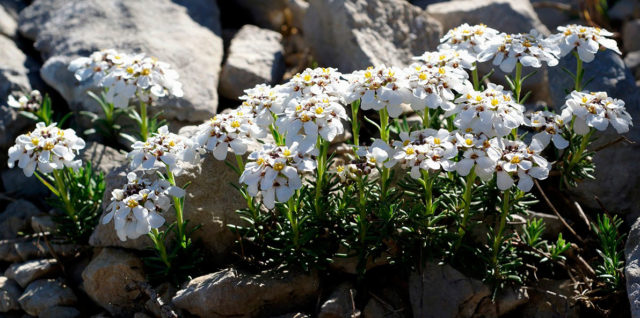
When blooming, the beautiful caps of the inflorescences completely cover the foliage and exude a magnificent, rich aroma
Popular species and varieties
To decorate the local area, two main types of annual Iberis are used:
- bitter;
- umbrella.
Each species includes a large number of unique varieties that differ in the shape of the foliage, the color of the inflorescences.
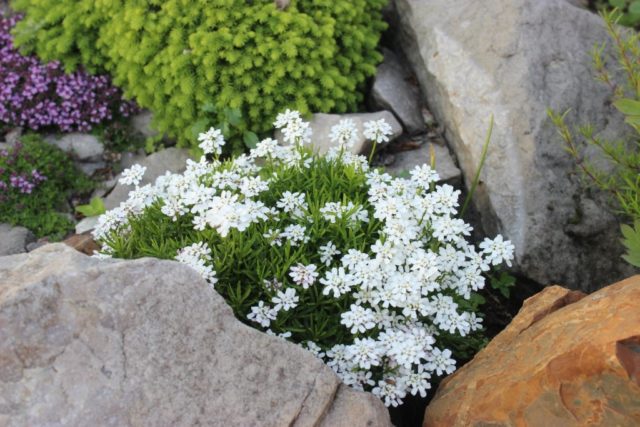
Annual attracts landscape designers with beautiful and long flowering
Bitter
The countries of the Mediterranean are considered the birthplace of bitter Iberis. For decorative purposes, the plant has been grown since the 16th century. A culture is characterized by the following properties:
- branched shoots, slightly pubescent;
- shoot height up to 30 cm;
- leaves are lanceolate, alternate;
- inflorescences are columnar, in the form of brushes;
- inflorescence color - various shades of white, lilac.
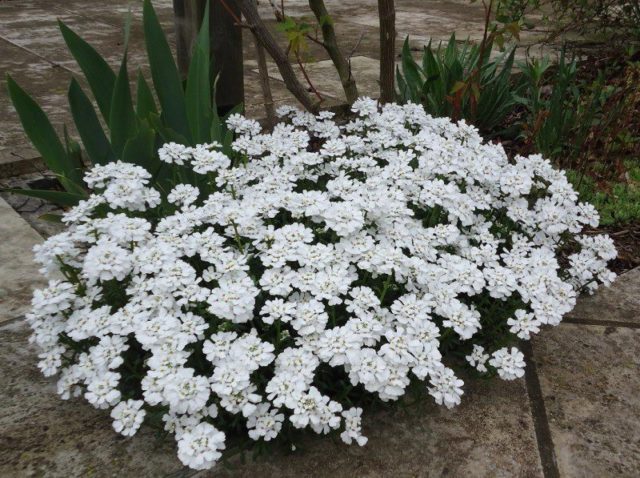
The flowering of the decorative bitter annual lasts almost all summer
The most popular varieties of bitter Iberis are:
- Crowned (I. coronaria) - garden culture, up to 30 cm high, with large white inflorescences.
The snow-white flowers of the crown annual are in perfect harmony with other "inhabitants" of the flower bed
- Tom Tumblr (Tom Tumblr) - a unique variety, which is characterized by a bush height of up to 15 cm, white inflorescences.
Bitter annual variety Tom Tumb has a simple structure of inflorescences
- Weiße Riesen is an attractive variety, the height of the bushes is up to 30 cm, the color of the inflorescences is snow-white.
Bitter annual Weiss Riesen looks great as the main decor of dry streams, rockeries
- Hyazintenblütige Risen is an extravagant variety, the height of the bushes is up to 35 cm, the color of the inflorescences is white and lilac tint.
Hyacintenblutige is a beautifully blooming bitter annual
Umbrella
The homeland of the umbrella (I. umbellata) species of Iberis is Southern Europe. An annual crop is characterized by the following properties:
- the height of the shoots is from 25 cm to 40 cm;
- branched shoots, with a smooth structure;
- lanceolate leaves;
- the color of the leaves is dark green;
- the shape of the inflorescences is corymbose, spike-shaped;
- diameter of inflorescences up to 6 cm;
- the color of the inflorescences varies depending on the variety: various shades of white, pink, purple.
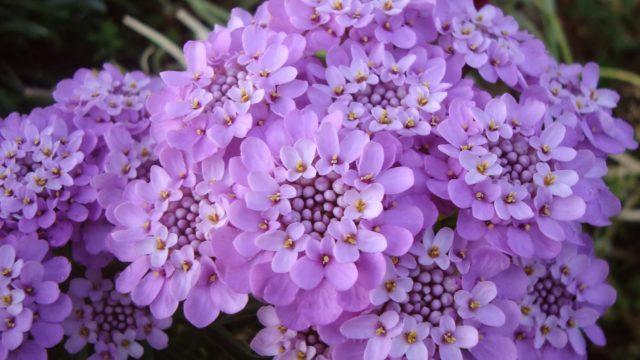
Duration of flowering of umbrella varieties - about two months
The most common varieties are:
- Fairy Mixed is an ornamental umbellate variety characterized by bushes up to 25 cm in height and varied color of inflorescences.
The flowering corymbose inflorescences of the Fairy Mixtche variety delight with smooth transitions: from pure white to various shades of lilac and purple
- Red Rash is an attractive variety of an umbrella annual Iberis. The height of the bushes is up to 30 cm, the color of the inflorescences is deep red interspersed with pale pink.
The carmine-red color of the inflorescences of the umbrella variety Red Rash is in perfect harmony with other varieties of ornamental culture
- Confetti is a variety of annual Iberis, which is characterized by a height of shoots up to 35 cm. The color of thyroid inflorescences is varied: white, lilac, lilac, violet, carmine.
The sun-loving Confetti variety looks original on borders, the front line of mixborders
- Pink Dream is a beautifully blooming variety of Umbrella Iberis. The culture is distinguished by the pale pink color of the inflorescences.
Flowering bush Pink dream exudes a pleasant, long-lasting scent
Application in landscape design
Recently, decorative varieties of Iberis have deserved popularity among landscape decorators. Low-growing varieties of annual crops look original:
- in the foreground of flower beds, flower beds;
- on alpine slides and rockeries;
- on curbs and lawns.
Iberis is a universal culture that is succinctly combined with spring bulbs (tulips), marigolds, night violets, saxifrage, alissum, petunia, phlox.
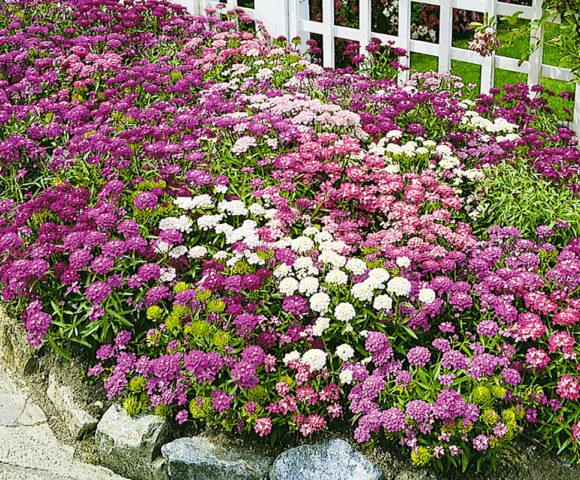
Annual Iberis can be placed near dwarf pine, juniper, cypress
Growing annual Iberis from seeds
Iberis is not propagated vegetatively due to the core structure of the root system, which complicates the process of dividing adult bushes.
Plants are grown from seeds, two main methods are used:
- direct sowing of seeds into the ground;
- sowing for seedlings.
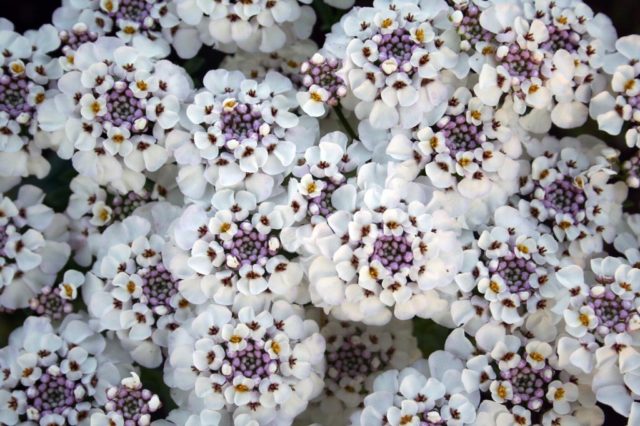
High quality seeds can be purchased in specialized stores or harvested at home.
Direct sowing in the ground
Direct sowing of the seeds of the annual Iberis flower in open ground is carried out in April. To obtain blooming flower beds in May and August, they are embedded in the soil with a 2-3-week break.
You can sow seeds in the ground in late autumn when stable cold weather is established (to prevent premature germination).
Agricultural technology for sowing seeds in open ground:
- the garden bed is dug up, leveled;
- form grooves at a distance of up to 5 cm from each other;
- seeds are sown in grooves, lightly sprinkled with earth;
- crops are moistened.
If the temperature drops at night, the crops are covered with foil. 2 weeks after the emergence of shoots, the bushes are thinned out at a distance of 15 cm from each other.
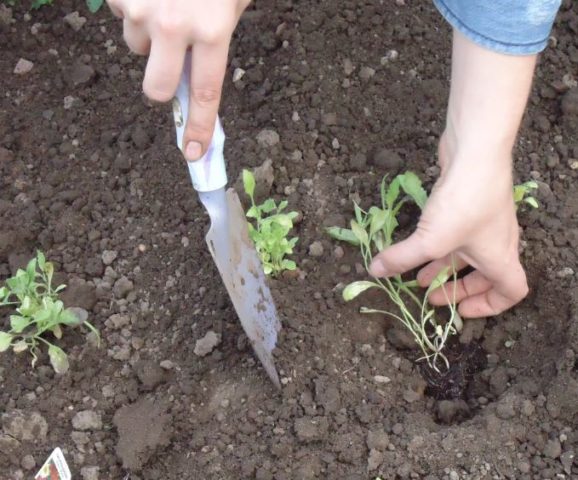
With direct sowing of seeds of one-year-old Iberis in open ground, seedlings appear in 10-12 days
Growing seedlings
Annual Iberis seeds are sown for seedlings in February-March. As a soil mixture, mix equal parts of peat, sawdust, sand. The soil and containers are disinfected.
Algorithm for obtaining seedlings:
- grooves up to 1 mm deep are formed in containers;
- seeds are placed in grooves without deepening, sprinkled with river sand;
- the crops are moistened with a spray bottle and covered with foil.
The seedling box is placed in a warm place with diffused natural light. Crops are moistened with a spray bottle as the soil dries out. Iberis seedlings do not dive. It is best to cover the seedlings in disposable cups or peat tablets.
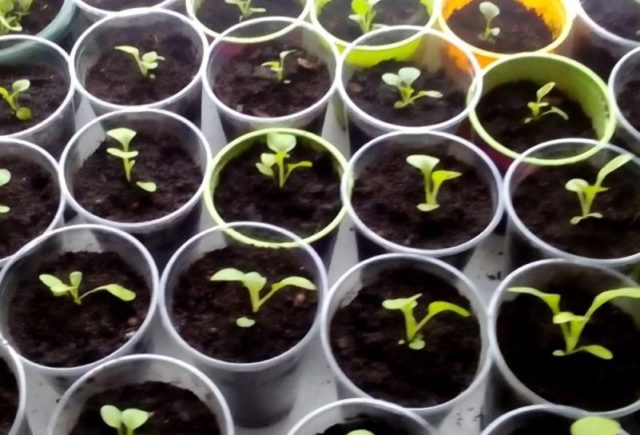
Before moving into the open ground, the seedlings of annual iberis are hardened for 2 weeks.
Planting and caring for annual Iberis
Annual varieties of Iberis do not need complicated care.It is enough to observe the agricultural technique of planting, ensure proper watering, feeding and timely inspect the bushes for the detection of diseases and pests.
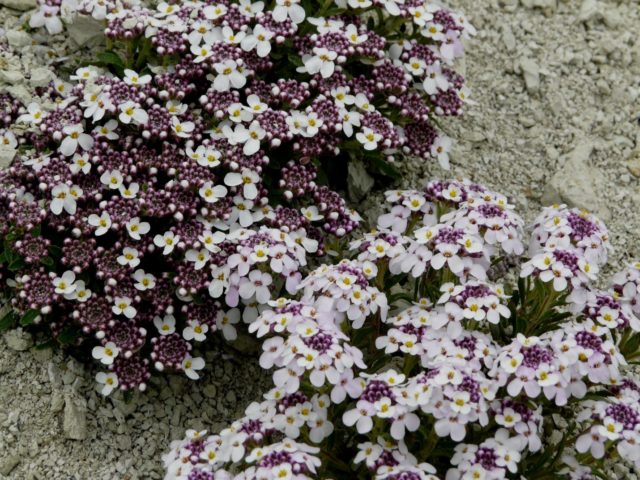
Iberis decorative annual - unpretentious garden culture
Recommended timing
Iberis seedlings are moved into open ground when the threat of spring frosts is over. Experienced gardeners recommend replanting it in May.
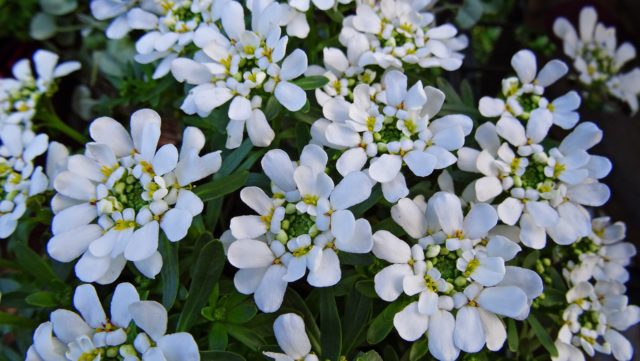
After sufficient warming up of the air and soil, you can move the seedlings of Iberis to their "permanent residence"
Site preparation
Iberis annual prefers soil without a close occurrence of groundwater, not prone to stagnation of water. It can be:
- well lit areas;
- loamy, sandy or stony soil;
- soil fertilized with organic fertilizers in the fall (manure).
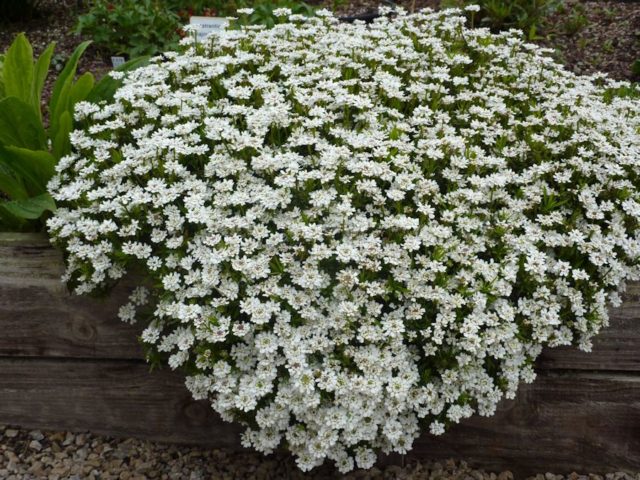
Even with a little shade, plants do not bloom abundantly enough
Landing algorithm
Since the seedlings of Iberis are tender, thin shoots with a rather vulnerable root system, they are moved to open ground by the transfer method.
Landing rules:
- planting pits are formed on the garden bed at a distance of 12-15 cm from each other;
- the seedlings are moved to the planting holes along with a lump of earth;
- the bushes are carefully pressed to the ground, the soil is tamped;
- seedlings are carefully watered at the root.
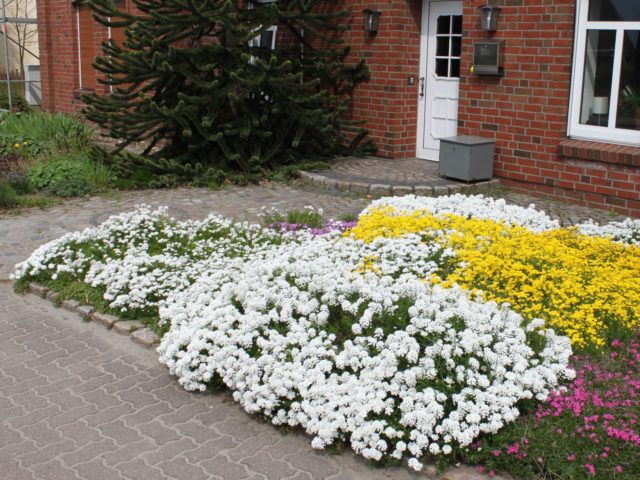
When moving seedlings of different varieties of annual Iberis into open ground, take into account that the distance between the bushes should be increased to prevent over-pollination.
Watering and feeding
Iberis is an unpretentious plant that requires minimal maintenance:
- moderate watering no more than 1 time per week;
- loosening and removal of weeds;
- feeding 2 times during the growing season.
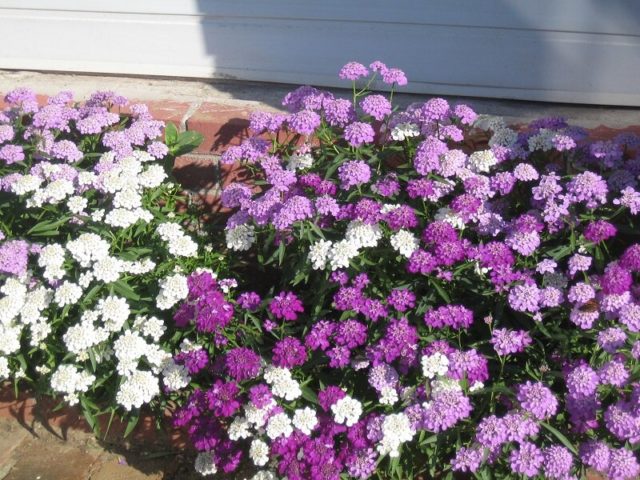
For abundant flowering, complex mineral fertilizers should be applied
Pruning
Pruning overgrown bushes is done to give the plant a well-groomed, neat appearance. In addition, faded inflorescences should be removed in time.
Pests and diseases
Annual Iberis is endowed with a fairly strong immunity to pests and pathogens of fungal diseases. In some cases, the annual Iberis flower is exposed to pathogens:
- The cruciferous keel attacks the roots.
Affected bushes should be destroyed, the planting site should be treated with lime
- Black scab, or rhizoctonis, appears as gray, brown spots on foliage and inflorescences.
Bushes diseased with black scab should be burned, the bed should be treated with copper oxychloride
Among the pests attacking Iberis plantations, the following can be named:
- The appearance of a mealybug is accompanied by the formation of a white bloom on the shoots.
To get rid of the mealybug, drugs Aktara, Mospilan, as well as garlic infusion are used
- Cabbage aphid sucks juices from young shoots. As a result of the influence of parasites, leaves and flowers turn yellow and fall off.
To combat cabbage aphids, use liquid potassium soap, Neoron solutions, Actellik
Conclusion
Planting and caring for annual Iberis is available even to novice gardeners. An unpretentious plant develops quickly even with minimal care, blooms profusely and attractively all summer. You can sow the seeds of annual Iberis in the ground with an interval of 2-3 weeks and twice during the summer season, enjoy the magnificent and fragrant flowering of delightful umbrella-shaped inflorescences of white, pink, purple, lilac tones.
